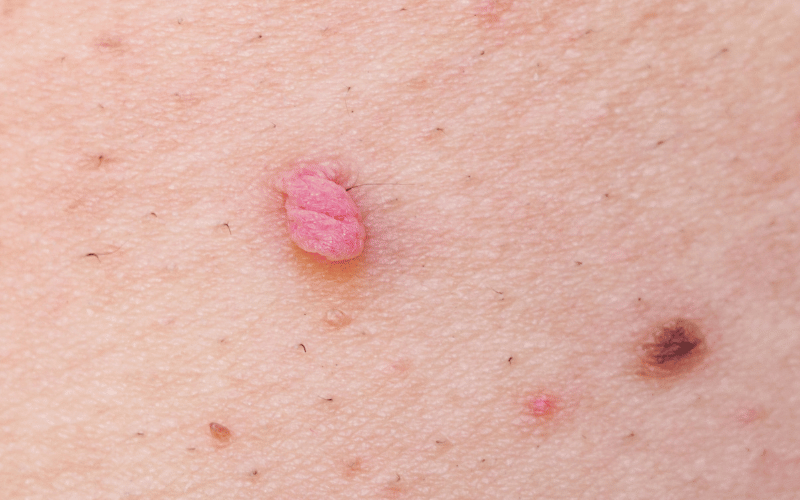Symptom 6: Skin Changes

Skin changes, including the development of dark patches and skin tags, are notable physical manifestations of insulin resistance in women. These changes are not only cosmetic concerns but also indicators of underlying metabolic imbalances. Acanthosis nigricans, characterized by dark, velvety patches in body folds like the neck, groin, and underarms, is strongly linked with insulin resistance. Similarly, skin tags, small skin growths, often accompany this condition.
The appearance of these skin changes is closely associated with the body’s insulin levels. High insulin levels stimulate skin cells to proliferate, leading to these distinct skin manifestations. Acanthosis nigricans, in particular, is a visible marker of high insulin levels and can serve as an early warning sign of insulin resistance.
These skin changes can impact a woman’s self-esteem and comfort. The visible nature of these symptoms can lead to self-consciousness and a negative body image. Furthermore, the presence of skin tags can cause discomfort, especially in areas where they may rub against clothing or jewelry.
Managing these skin changes involves addressing the root cause: insulin resistance. Dietary modifications to improve insulin sensitivity, regular exercise, and, in some cases, medication can help reduce these skin manifestations. Additionally, dermatological treatments may be employed to treat the cosmetic aspects of these changes.
It is important for women experiencing these skin changes to consult with healthcare professionals. A dermatologist can provide treatments for the skin symptoms, while an endocrinologist or primary care physician can address the underlying insulin resistance. Effective management of insulin resistance can lead to a significant improvement in skin health and overall well-being. (6)